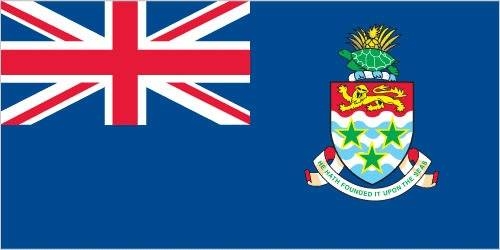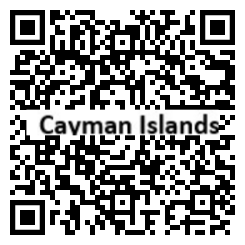Country Summary




Introduction
Background
The Cayman Islands were colonized from Jamaica by the British during the 18th and 19th centuries and were administered by Jamaica after 1863. In 1959, the islands became a territory within the Federation of the West Indies. When the Federation dissolved in 1962, the Cayman Islands chose to remain a British dependency.
Geography
Area
total: 264 sq km
land: 264 sq km
water: 0 sq km
Climate
tropical marine; warm, rainy summers (May to October) and cool, relatively dry winters (November to April)
Natural resources
fish, climate and beaches that foster tourism
People and Society
Population
64,309 (2022 est.)
Ethnic groups
mixed 40%, White 20%, African descent 20%, expatriates of various ethnic groups 20%
Languages
English (official) 90.9%, Spanish 4%, Filipino 3.3%, other 1.7%, unspecified 0.1% (2010 est.)
Religions
Protestant 67.8% (includes Church of God 22.6%, Seventh Day Adventist 9.4%, Presbyterian/United Church 8.6%, Baptist 8.3%, Pentecostal 7.1%, non-denominational 5.3%, Anglican 4.1%, Wesleyan Holiness 2.4%), Roman Catholic 14.1%, Jehovah's Witness 1.1%, other 7%, none 9.3%, unspecified 0.7% (2010 est.)
Population growth rate
1.83% (2022 est.)
Government
Government type
parliamentary democracy; self-governing overseas territory of the UK
Capital
name: George Town (on Grand Cayman)
Executive branch
chief of state: King CHARLES III (since 8 September 2022); represented by Governor Martyn ROPER (since 29 October 2018)
head of government: Premier Wayne PANTON (since 21 April 2021)
Legislative branch
description: unicameral Parliament (21 seats; 19 members directly elected by majority vote and 2 ex officio members - the deputy governor and attorney general - appointed by the governor; members serve 4-year terms)
Economy
Economic overview
dominant offshore banking territory; services sector accounts for over 85% of economic activity; recently adopted a fiscal responsibility framework to combat tax evasion and money laundering; large tourism sector; does not have any welfare system; high standard of living
Real GDP (purchasing power parity)
$4.78 billion (2019 est.)
Real GDP per capita
$73,600 (2019 est.)
Agricultural products
vegetables, fruit; livestock; turtle farming
Industries
tourism, banking, insurance and finance, construction, construction materials, furniture
Exports
$4.13 billion (2019 est.)
Exports - partners
Netherlands 82%, Spain 11% (2019)
Exports - commodities
recreational boats, gold, broadcasting equipment, sulfates, collector's items (2019)
Imports
$2.7 billion (2019 est.)
Imports - partners
Netherlands 56%, United States 18%, Italy 8%, Switzerland 5% (2019)
Imports - commodities
recreational boats, ships, gold, refined petroleum, cars (2019)
Exchange rates
Caymanian dollars (KYD) per US dollar -
Page last updated: Wednesday, November 16, 2022
